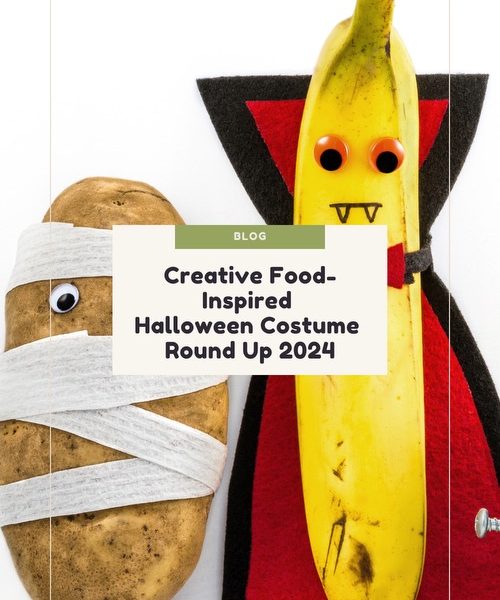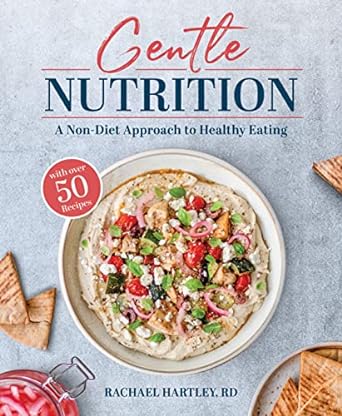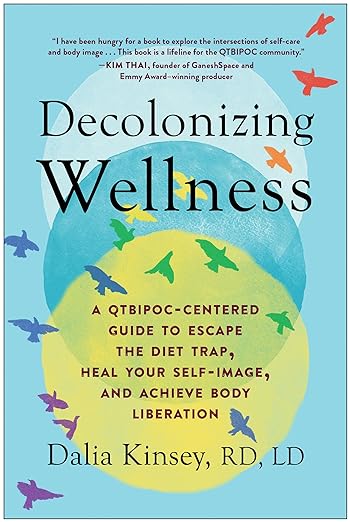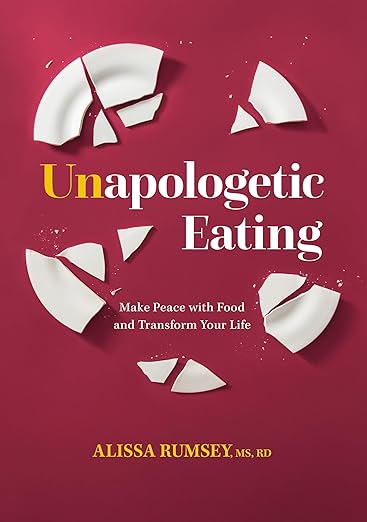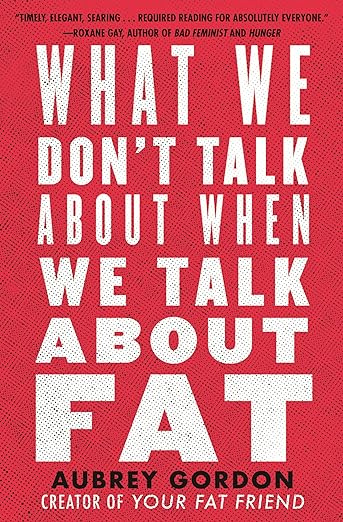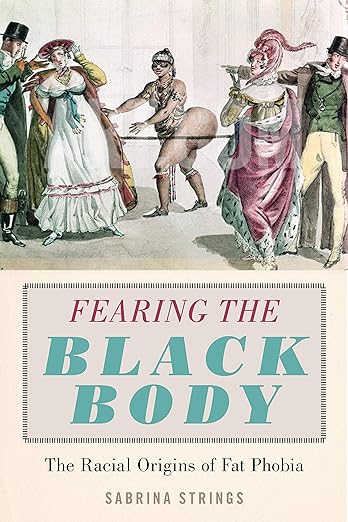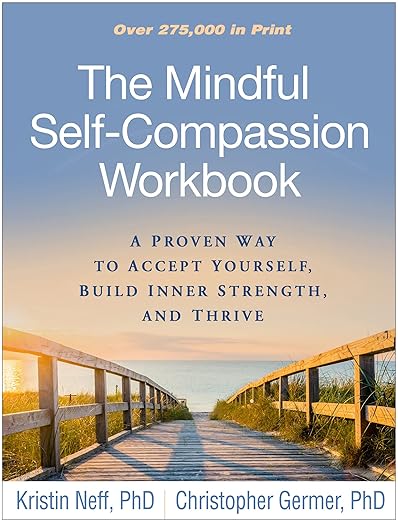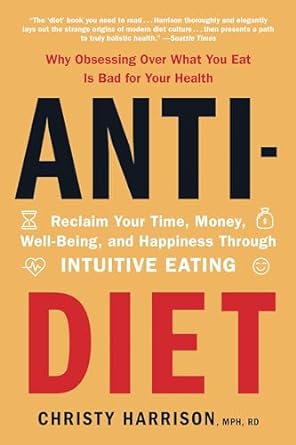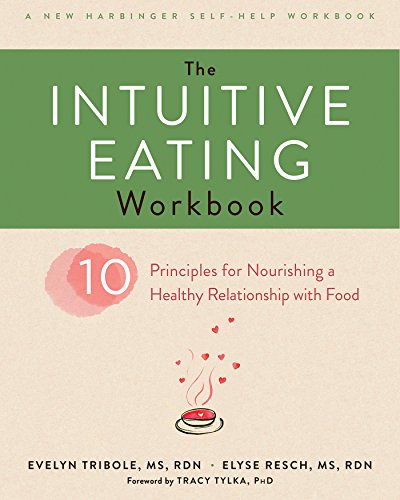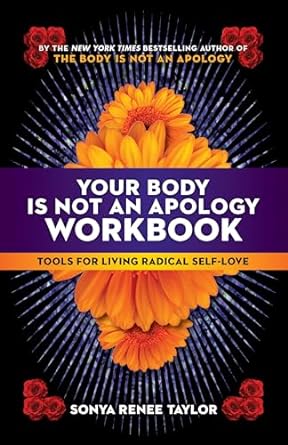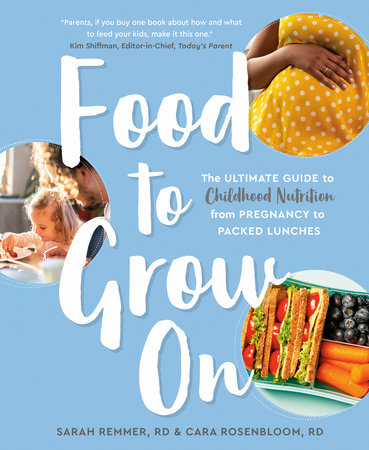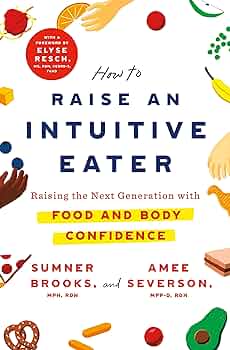Halloween is just around the corner! While it’s an exciting time for many, it can also bring unique challenges—especially for neurodivergent children. The social dynamics, sensory overload, and unpredictability of Halloween, along with its spooky elements, can feel overwhelming or even frightening for some kids. With a bit of planning and creativity, however, you can help make this holiday a positive experience for everyone.
Here are some practical tips to make Halloween more inclusive and enjoyable so every child feels safe, confident, and welcome in the festivities.
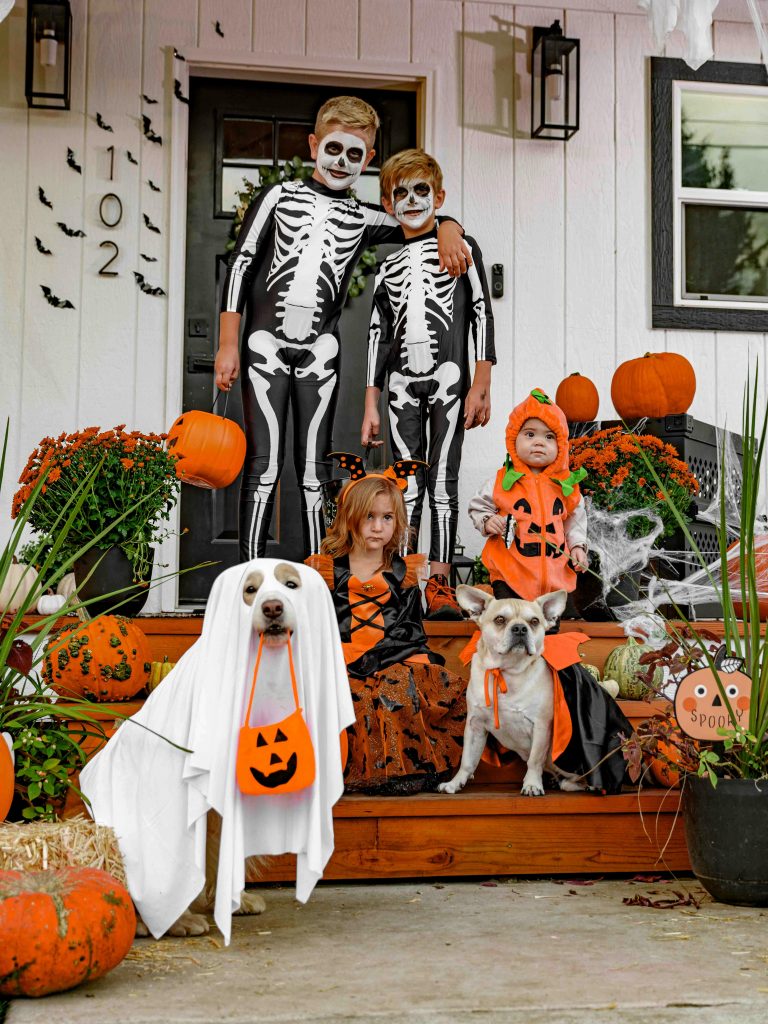
Challenges Neurodivergent Kids May Face on Halloween
Halloween can be filled with unfamiliar experiences that may lead to sensory overload, social anxiety, or unease due to the unpredictability of the evening. Here’s a closer look at these common challenges:
- Sensory Overload: Halloween includes a lot of stimulation—bright flashing lights, unpredictable decor, novel costumes, and sudden noises. Intensive sensory input can easily become overwhelming, creating feelings of stress or anxiety for kids sensitive to sensory changes.
- Social Anxiety: Trick-or-treating, door-knocking, and approaching new people can be challenging. For some children, navigating these social interactions can lead to heightened anxiety. For some kids, this can be confusing, given the usual ‘stranger danger’ approach the other 364 days a year.
- Unpredictability: Halloween is full of surprises—you never know what you’ll see or who you’ll meet at each house. Decorations or other trick-or-treaters may be excited and jump out quickly or scream. This can be unsettling for children who thrive on routine and consistency. Not knowing what to expect may lead to feelings of unease and a lack of safety in which a child thrives.
Play Inclusive Dress-Up
Costumes can add to the fun, but for some children, wearing new or uncomfortable clothing can be difficult and in some cases dysregulating. If your child wants to dress up, consider sensory-friendly costumes and if they don’t, help them to feel included.
- Choose comfortable costumes: Look for costumes made from soft, non-irritating, familiar fabrics. If you’re considering masks or face paints, run a trial to see if your child can tolerate the paint drying on their skin
- Blend costume elements with regular clothing: Themed pyjamas or minimalist costumes can help kids feel comfortable while participating.
- Allow your child to choose: Giving children control over their costume can boost confidence and help them feel empowered in an otherwise unpredictable setting. Consider familiar designs like characters your child loves that can feel more approachable and fun.
- Normalize dress-up for all ages and sizes: There’s no age limit to Halloween. As long as a child wants to participate, please let them and reserve any sarcastic comments to yourself.
- Normalize not needing a costume: if your child wants to participate in Trick-or-Treating but is struggling with dress-up.
- Normalize sensory accommodations like noise-cancelling headphones as part of your child’s costume.
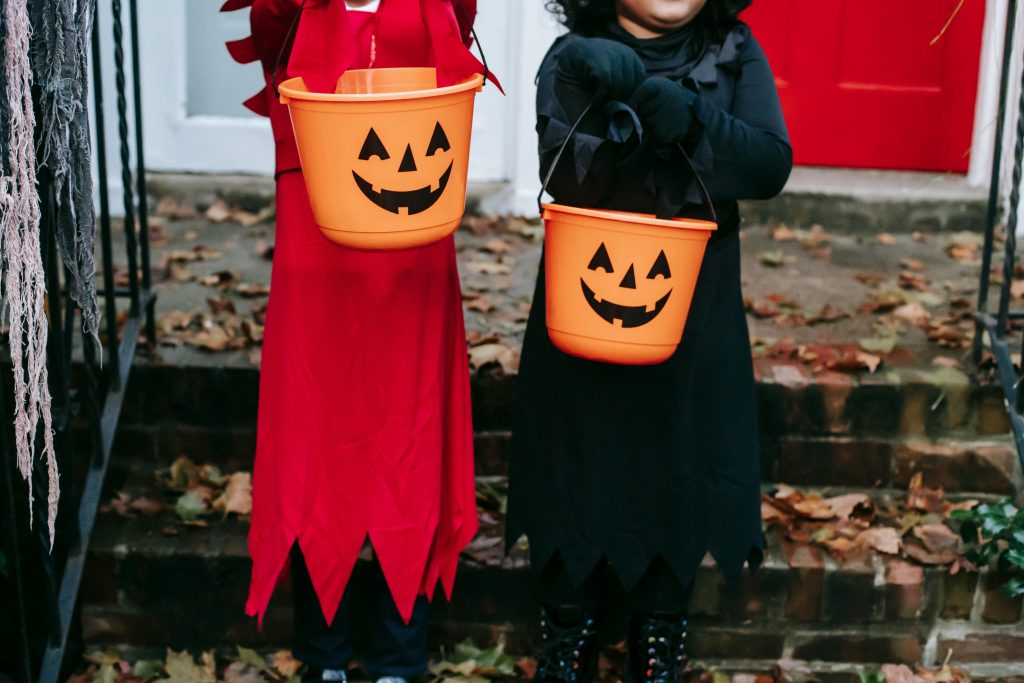
Creating a Calm Environment
Setting up a calming and sensory-friendly environment can make all the difference in how Halloween feels. When decorating or planning festivities:
- Consider less stimulating, gentler Halloween decorations: Opt for lights and sounds that aren’t overwhelming. Avoid sudden noises or flashy decorations if possible.
- Designate a sensory break area: Have a quiet, safe space where your child can retreat if they need a break from the excitement. This can offer a much-needed pause and sense of control.
- Be ready for changes in behaviour: Halloween introduces many new experiences, so prepare for different reactions. Being there as a safe, supportive presence is key.
Planning Ahead for a Smoother Halloween
Advance planning can ease anxiety and provide reassurance for children who may feel uneasy about Halloween. Ideas to try include:
- Map out familiar trick-or-treating routes: Familiarity can reduce unpredictability. You might even take a practice walk with your child ahead of time and draw a map together. Identify rest stops or quiet areas where your child can take breaks if the excitement becomes overwhelming.
- Consider ‘Trunk-or-Treat’ Events: These events, which take place earlier, in familiar, controlled areas like shopping malls or pedestrianized streets, can be a great alternative to dark neighbourhoods. We love our local Treat Street in Sidney BC.
- Opt for Home Activities: If Trick-or-Treating is not on the menu, fun home activities like pumpkin carving, cookie decorating or printable Halloween learning activities from our friends over at Learn With Early Bird. A couple of our favourite Halloween shows that are less spooky and child appropriate include Charlie Brown’s The Big Pumpkin, Mickey Mouse ghost tales and Sing’s Thriller.
- Bring a Trick-or-Treat back-up outfit: we’ve all worn something that has a lifespan for comfort. Pack a back up outfit for when they’re ready to throw in the towel and can still have fun.
- Create a flexible backup plan: Halloween doesn’t have to be “all or nothing.” Celebrate at your child’s pace, and adjust as needed.
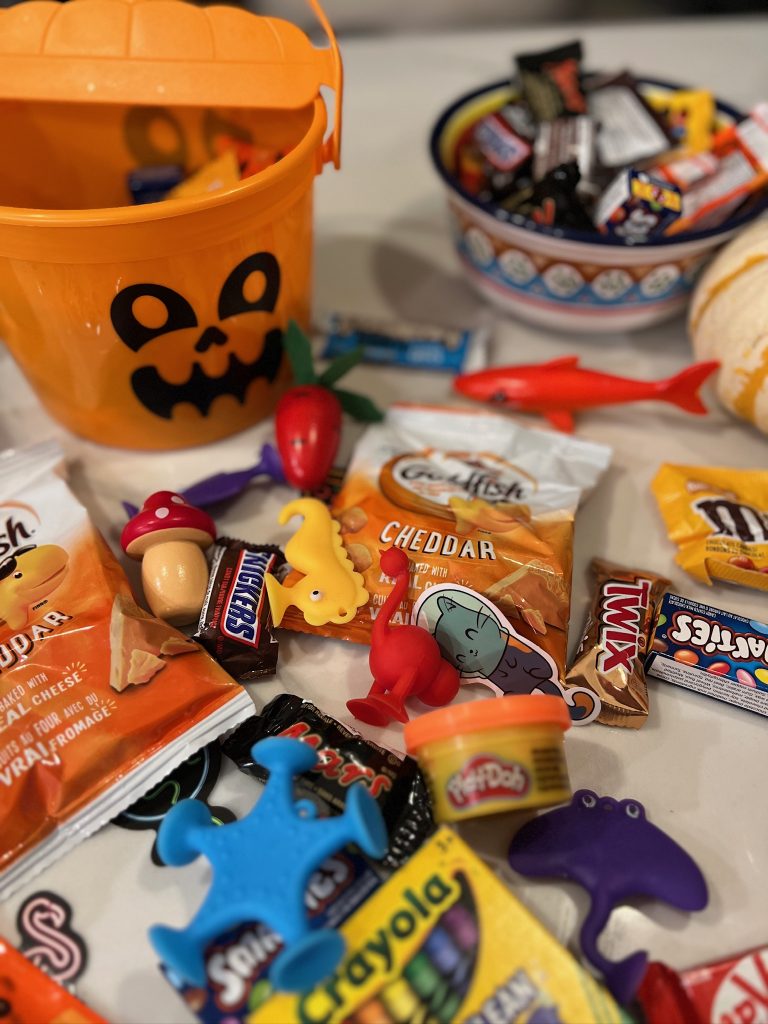
Inclusive Halloween Treats for All Kids
Many children have food preferences, sensitivities, or aversions, which can make Halloween treats tricky. Here are ways to make treats inclusive:
To promote inclusivity, as someone giving out candy, you can:
- Offer non-food items in addition to candy: consider fidget toys, sensory stickers, peel-and-stick tattoos, or small items that are fun for all and cater to kids with allergies, dietary restrictions or sensitivities.
- Display a Teal Pumpkin: The Teal Pumpkin Project is a signal that you offer non-food treats, allowing all children to safely participate in trick-or-treating.
- Make a disclaimer sign: if you have any frightening decorations or scare-tactics, a disclaimer sign for young kids can be helpful for them to avoid.
For your own child:
- Pack familiar treats: Bringing “safe” candies or snacks along can help if they receive unfamiliar or uncomfortable treats.
- At-home trick-or-treating: Create a mini trick-or-treat experience at home, where children can explore home stations and familiar spaces to still join in the activity.
Flexibility is Key
Remember, Halloween should feel safe and enjoyable for your child. Plans may change, and that’s okay! Go at your child’s pace and stay flexible—whether that means trick-or-treating, staying in, or having a cozy movie night with their favourite snacks. Halloween is about making it your own and enjoying the celebration, whatever that looks like.
The most important message for an inclusive Halloween is offering compassion. Acknowledge each child’s unique needs and emotions without judgment, whether they’re excited, anxious, or anything in between – let them know their feelings are valid. This helps build trust and reassures them they’re safe and understood regardless of the outcome. And for parents and caregivers, please also be compassionate with yourselves.
Key Takeaways
- Include food & non-food treats: Fidget tools, sensory stickers, and other non-food items make Halloween fun and inclusive in addition to candies.
- Advance planning: Mapping out familiar routes with break areas, pack back-up familiar foods and comfortable clothes when heading out to Trick-or-Treat to reduce anxiety.
- Create fun Trick-or-Treat Alternatives: Lean into fun alternatives like Learn With Earlybird Activities and Halloween movies.
- Sensory-friendly costumes: Comfortable materials, accommodating sensory-needs and allowing children to choose their outfits can enhance confidence.
- Flexible celebrations: Tailor Halloween to your child’s needs and be open to adjustments.
Happy Halloween—have fun, and enjoy the creativity and costumes!
Looking to work with an experienced ADHD, AuDHD or autism dietitian in Victoria BC or virtually across British Columbia? Book a discovery call to learn more about our services.

Disclaimer
Information provided by our dietitians is for general education and is not medical advice.

